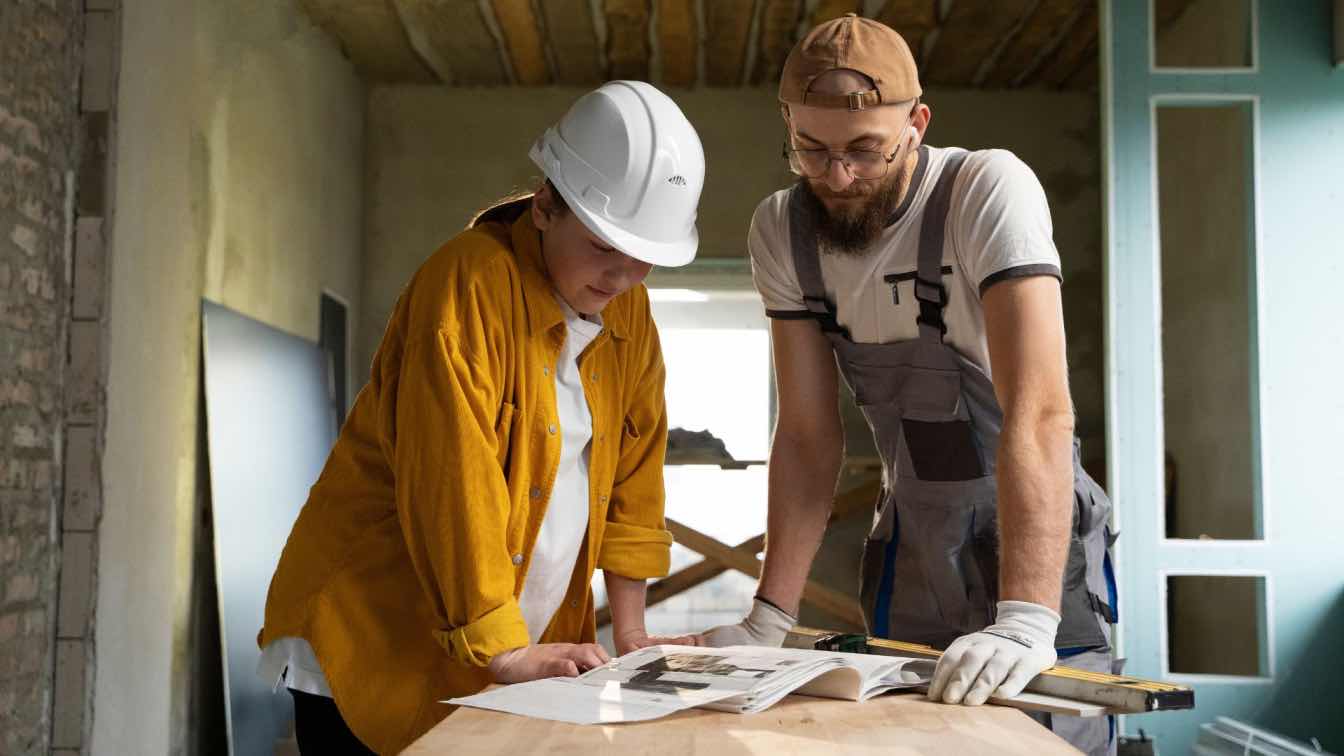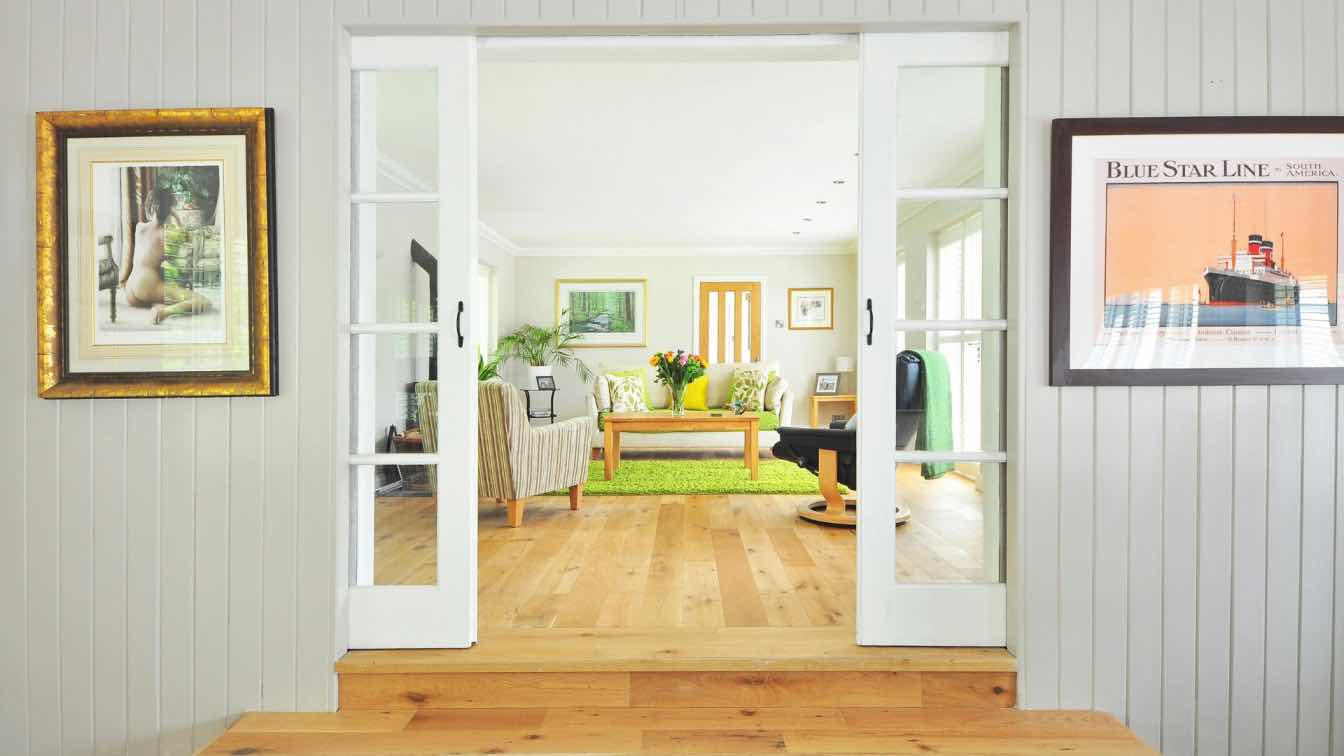Slate, a natural metamorphic rock renowned for its durability and aesthetic appeal, has been a staple in architectural design for centuries. Traditionally used in roofing, slate has seamlessly transitioned into modern architecture, particularly in the realm of facades. Its timeless beauty, combined with modern innovations, has made it a favored material for contemporary architects seeking to blend tradition with cutting-edge design.
The Evolution of Slate in Architecture
Historically, slate was predominantly used in roofing due to its robust nature and natural waterproof properties. Its ability to withstand harsh weather conditions made it an ideal choice for regions with extreme climates. Over time, architects began to recognize the potential of slate beyond roofing, appreciating its versatility, range of colors, and textures.
In contemporary architecture, the use of slate has expanded significantly. Its application in facades has become particularly notable, offering a unique combination of aesthetics and functionality. The natural variances in slate's appearance provide a distinctive, elegant finish that is difficult to replicate with synthetic materials.
What are the Advantages of Slate in Modern Facades?
The appeal of slate in modern facades lies in several key advantages:
1. Aesthetic Versatility: Natural slate can be combined with every single material, allowing architects to create modern designs. It can be installed using different formats and patterns, giving a wide range of creativity.
2. Durability and Longevity: Slate is known for its exceptional durability. It is resistant to weathering, UV radiation, and temperature fluctuations. This resilience ensures that slate facades retain their beauty and integrity over decades, making them a cost-effective choice in the long run.
3. Sustainability: As a natural material, slate is an environmentally friendly option. It has a low environmental impact during its extraction and processing. Additionally, slate's long lifespan means that it requires less frequent replacement compared to other materials, reducing waste and resource consumption.
4. Thermal Performance: Slate has excellent thermal properties, contributing to the energy efficiency of buildings. It acts as an effective insulator, helping to regulate indoor temperatures and reduce the reliance on heating and cooling systems.
CUPACLAD: Evolving Slate Facades
One of the most notable advancements in the use of slate for facades is the introduction of the CUPACLAD system. CUPACLAD is a rainscreen cladding system that utilizes natural slate to create efficient, sustainable, and aesthetically pleasing building exteriors.
Efficiency
CUPACLAD systems are designed with efficiency in mind. The rainscreen cladding technique involves a ventilated cavity between the slate panels and the building’s structural wall. This design promotes natural ventilation, aiding in moisture management and improving the overall energy efficiency of the building.
Sustainability
Sustainability is at the core of the CUPACLAD. Natural slate is inherently sustainable, but CUPA PIZARRAS, the company behind CUPACLAD, goes a step further by ensuring responsible quarrying practices and minimal environmental impact during production.
Beauty
The aesthetic appeal of CUPACLAD is undeniable. The system showcases the natural beauty of slate, allowing architects to design facades that are both modern and timeless.
Modern Applications of Slate Facades
The application of slate in modern facades is evident in a variety of architectural projects, from residential buildings to commercial structures and public spaces.
In urban environments, slate facades provide a striking contrast to glass and steel, adding a natural element to the cityscape. In residential architecture, slate offers a sophisticated yet natural look that enhances the home’s curb appeal. Public buildings and cultural institutions benefit from the prestige and permanence that slate exudes, reinforcing their significance and durability.
Conclusion
The use of slate in modern architecture, particularly in facades, exemplifies a harmonious blend of tradition and innovation. It is just like home gadget making construction easier. Its aesthetic versatility, durability, sustainability, and thermal performance make it an ideal material for contemporary building exteriors. Products like CUPACLAD highlight how traditional materials can be adapted to meet modern demands, offering efficient, sustainable, and beautiful solutions for today’s architectural challenges.





